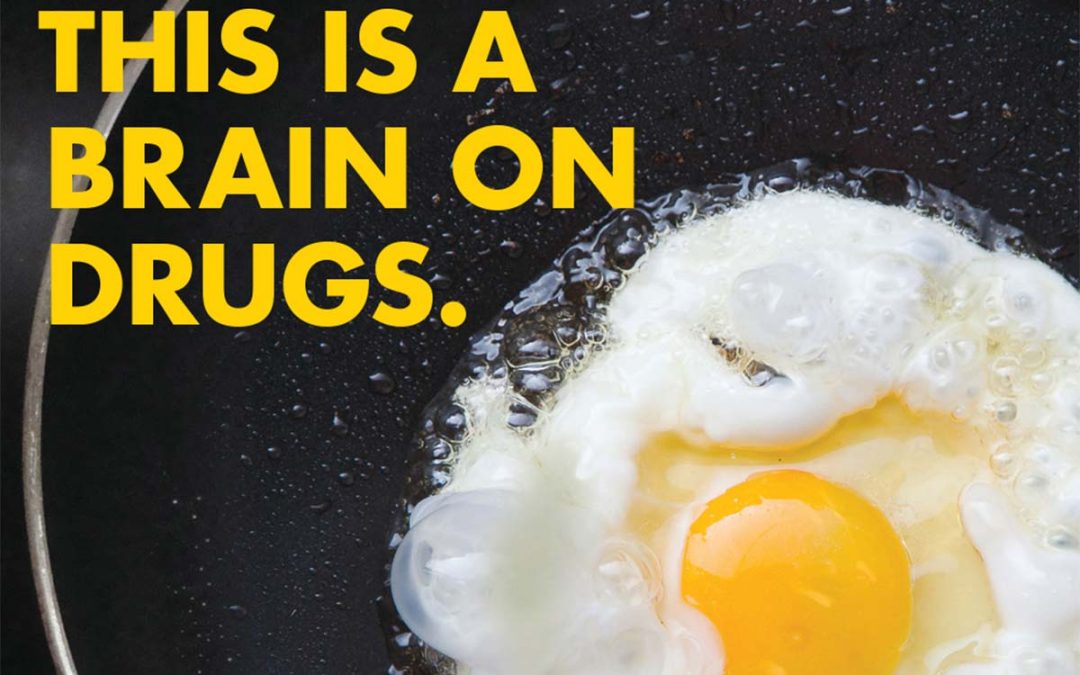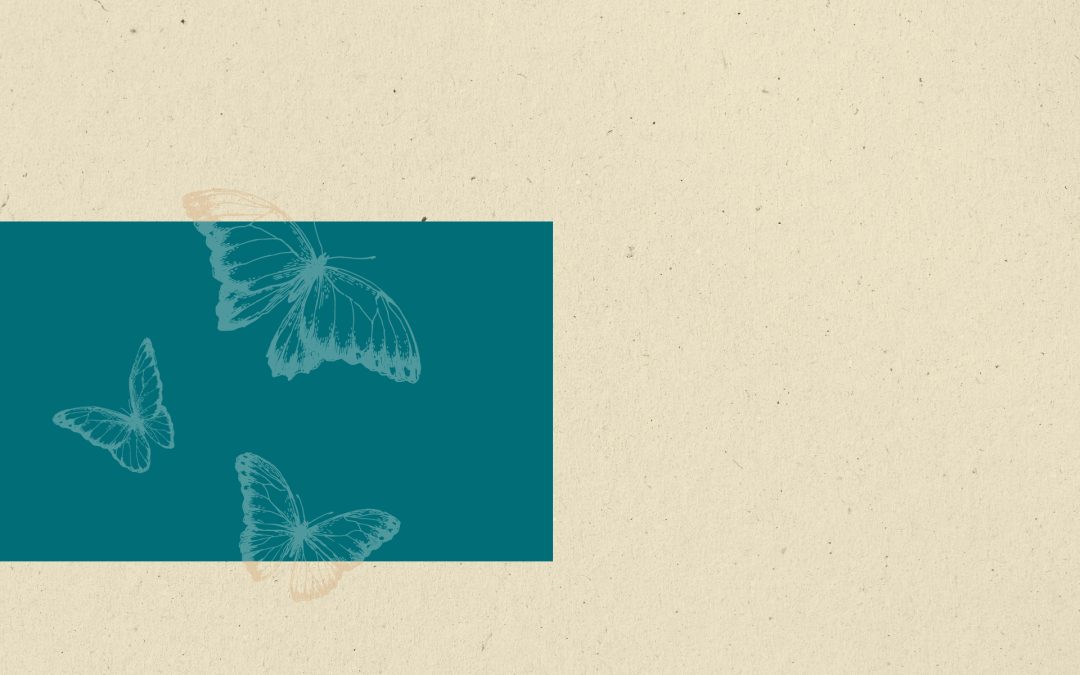Think about your favorite childhood memory. It just might be centered on play. Maybe it’s the story of how you and your siblings built a great fort and fought off dragons and pirates. Or the times that you spent Saturday mornings in your room making breakfast for your entire doll collection. Maybe you have a memory of getting together with cousins and having a new twist to a game of tag created about every 15 minutes. Play, whether done individually or in a group, is such an essential part of our development that the United Nations included it in the UN Convention on the Rights of a Child.
Play Builds Positive Traits
Why did play get a place in the rights of a child? Because researchers, parents, teachers, social workers, day care providers and many others understand that a healthy childhood includes play. Even scientists, now understand that our brains are wired for play! Great thinkers understood the value of play, as Plato once said, “You can discover more about a person in an hour of play than a year of conversation.” We need play to encourage exploration and discovery, to learn confidence and curiosity, to build self-worth and social skills.
A Child’s Perspective
Another benefit of play is that can allow us to see the world from the child’s perspective. We teach children our native language through repetition, visual cues and sounds. If you pay attention, you will see that they teach us their native language through repeating certain games and/or story lines, giving us visual cues and by creating specific sounds. Truly, if you want to see the world from a child’s perspective, sit on the floor with them and let them show it to you in the only way they know how.
The Value of Play Therapy
Play is not only critical for a child’s development when things are going smoothly. It is also the best way to help them when their little lives have some level of distress. Play therapy is designed to allow children to use the language of play to tell a grown-up what is distressing them. For example, a 6-year old may be struggling with anxiety at school. In a play therapy session, the therapist may ask the child to pick one puppet that will be him and one puppet that will be someone else at his school. As the child plays with the puppet, he will tell the story of his school day through the tone he uses, the actions and the story-line. A trained play therapist will use the information the child gives and help them work through their anxiety by using specific play therapy techniques.
What makes a great play therapy setting?
There are a few essentials for a great play therapy room. Here are five things that a play therapy room should have to ensure children receive the most benefit from the experience:
1) Art supplies – Children need lots of different mediums to express themselves. Crayons, colored pencils, scissors, tape, glue, stickers, colored and plain paper, white boards allow a child to choose whatever medium works best for them.
2) Puppets – Puppets that are different sizes, different themes and different emotions are great for children to tell their story. I once had a 5 year old come into the play room and say, “I’m sad.” I said, “Well, maybe you could draw what your sad looks like?” He looked at me completely bewildered and said, “Kathy, you can’t draw sad you gotta tell sad!” So, he grabbed the puppets and he told me about his sad.
3) Sand tray – Sand tray helps children with some of the unconscious struggles they may have. I have especially seen its value when the child has a difficult time expressing their feelings. Children can work through those tough feelings by simply taking objects off the shelf and creating their world in the sand. They may take the whole session to create their world or they may create a series of worlds throughout the session. As they visualize their world, they will often create the world they would like to be in. Once they have the visual of their new world, they begin to understand it is possible to obtain it.
4) Games – Children need to have the opportunity to play board games, solve puzzles or toss a ball around. A variety of different types of games help children to learn about rules, taking turns, winning and losing.
5) Environment – Children need a safe, fun place that allows for true play. A trained therapist will understand how to give a child the emotional and cognitive space to create their own world in the room. The therapist will be a guide for the child as they explore different ways to express themselves and tell their story. At TherapyUtah we have a play therapy room that has all of the elements listed. We have trained staff that know how to work with children with whatever they are struggling with whether it’s going through their parent’s divorce, working through anxiety or depression, dealing with a bully, trauma from sexual or emotional abuse or other challenging experiences they may be dealing with. Giving your child the opportunity to experience healing in the right environment for them is one of the best gifts you can give to a child.








